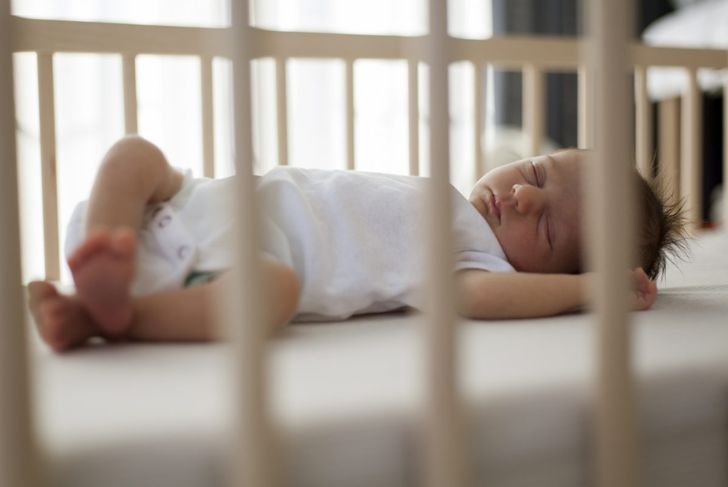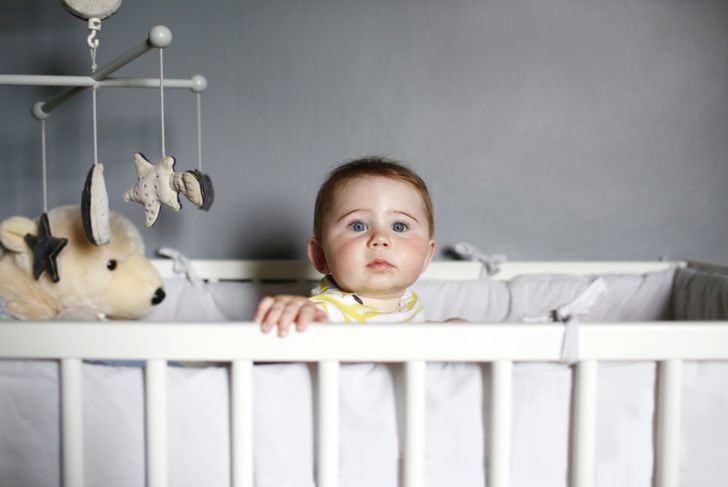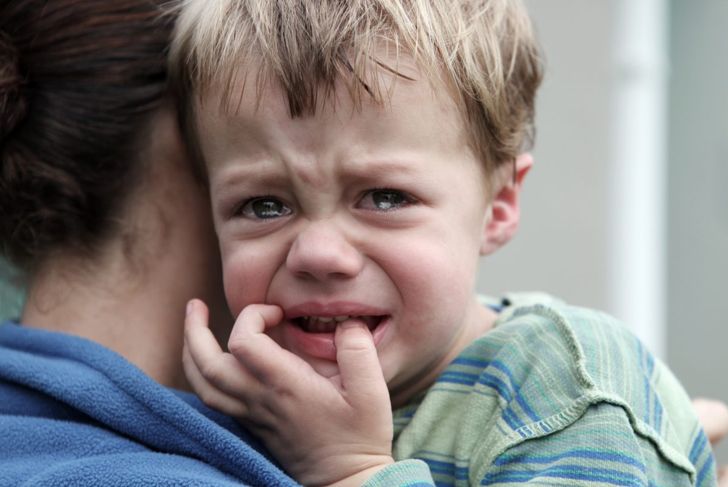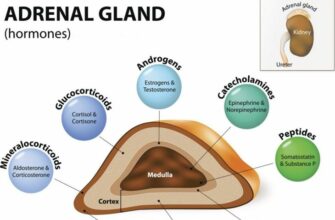Any parent of a newborn should expect sleep regressions periodically as their baby grows into a toddler. Sleep regressions are extremely frustrating, especially if you just spent weeks trying various sleep-training methods. If your baby was finally sleeping through the night and is all of a sudden waking up frequently again, you might wonder what’s going on. The truth is that sleep regressions are a normal part of child development and, though it may not seem like it, they will pass in time.
What Is a Sleep Regression?
Sleep regressions are changes in sleeping patterns. They can be drastic but are most often temporary, though some babies require another round of sleep training to reiterate good sleeping habits. Sleep regressions are brought on by a variety of factors, including changes in the environment or routine. Babies nearing developmental milestones can also experience sleep regression, which is why this issue is somewhat predictable.
Four Months
One of the most notable sleep regressions occurs around four months when most babies transition from waking every few hours for feeding to sleeping for longer stretches at night. While it may seem this would translate to less frequent waking, that’s not the case. Around this age, infants start to sleep more like adults — that is, they have periods of light and heavy sleep throughout the night. Adults and older children easily transition through these heavy and light sleep cycles. For infants, these shifts are more difficult and they often wake during lighter sleep.
Eight to Ten Months
Another notable sleep regression happens around eight months and typically lasts between three and six weeks. This one is attributed to the many developmental milestones happening during this time. Your baby might be crawling, pulling up to standing, cruising, and even walking. There’s also a lot of cognitive development happening. Add to that the fact that your baby is probably cutting a few teeth, and it’s easy to understand why she’s waking up frequently and having a hard time getting back to sleep.
12 Months
The next sleep regression usually happens a few months later, around your baby’s first birthday. It has a little to do with developmental milestones and is more likely a result of changing nap schedules. A lot of babies start refusing a second nap around this time. This might mean your baby is ready for one nap, but it might not. Most toddlers aren’t ready to transition to one nap until close to 18 months but all kids are different. Most experts suggest treating this as a true sleep regression at first and resisting shifting to one nap right away because, if your baby isn’t ready, that could lead to more sleep disturbances. Give it a few weeks and, if nothing improves, try transitioning to one nap.
15 Months
This is usually considered the true sleep regression related to nap schedules. Around 15 months, some toddlers are ready to switch from two naps to one. If your 15-month-old is waking frequently at night, it’s probably time to make some changes during the day. If your child is still taking two naps, she might not be as tired as she should be at night. If she’s taking one, it’s possible that she’s overtired and not sleeping as well as she should. This sleep regression is unlike the others as it isn’t something you can just wait out. It usually involves playing around with nap schedules to see what works best.
18 Months
The 18-month sleep regression unlike any of the sleep regressions that came before it. This one is all about your toddler exerting their independence and trying to get more control. Tantrums are extremely common at this age. Separation anxiety is also common around this time. Your toddler may genuinely be in distress when you leave the room for naptime or bedtime. Teething is also a factor at this age. Molars are coming in, which can be quite painful.
Two Years
The common two-year sleep regression is the result of many factors. For one, there are a lot of big things happening. Your toddler is likely transitioning from a crib to a big-kid bed and might be potty training. Waking times change as naps get a little shorter. Kids can also begin having nightmares at this age. These are very real to your child and can cause huge sleep disruptions, particularly if they happen frequently.
Environment
While it is not always possible to prevent sleep regression, there are some things that you can control that may lessen their severity. Environmental factors are some of the easiest things to address. Make sure the room maintains a consistent temperature, so your baby isn’t waking up at night because it’s too hot or too cold. Keep the room as dark as possible and use a white noise machine if there are sounds that could wake up your child or prevent her from getting back to sleep.
Separation Anxiety
Separation anxiety typically peaks around 18 months but can occur as early as six months. Though this can be very difficult for you and your baby, it is important to stick to your sleep training plan through each sleep regression, even if your child tries to climb out of his crib or tries to sleep with you. Separation anxiety is a normal part of development, but that doesn’t make coping with it any easier.
Getting Through It
Sleep regression is normal, but no less frustrating for that fact. However, some strategies can help get your child’s sleep back on track. For infants, consider sleep training. There are multiple strategies to try, and having a good foundation can help with sleep disturbances in the future. For toddlers, don’t respond immediately when they call out in the middle of the night. Wait a few minutes, reassure them that you’re there, and they are safe, then remind them that it’s time for sleep. A predictable routine is a good idea at any age.Stay consistent throughout each sleep regression to get back to a regular routine as quickly as possible.

 Home
Home Health
Health Diet & Nutrition
Diet & Nutrition Living Well
Living Well More
More




















